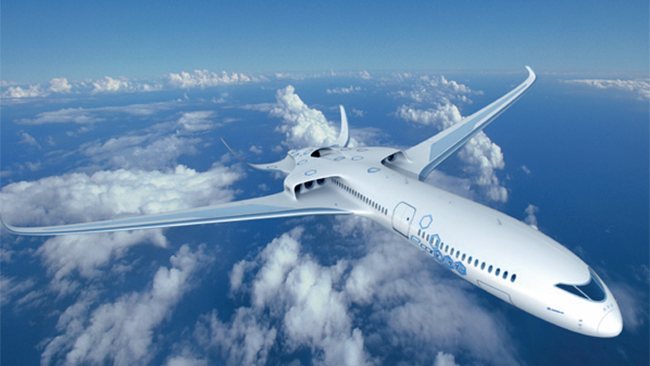Aero-engineers to turn the sky green
 Engineers are developing the world’s first “hybrid airliner” to be powered by a combination of electricity, biofuels and wind energy.
Engineers are developing the world’s first “hybrid airliner” to be powered by a combination of electricity, biofuels and wind energy.
Rolls-Royce and aerospace group EADS claim they could produce a plane with 75 per cent less carbon dioxide emissions than a current equivalent. Aeronautical engineers are tackling the massive challenge of improving efficiency and economy in the aviation industry, currently a large contributor to human environmental impacts.
The EADS “E-Thrust” plane has six electric fans on the back of its wings and a large engine, powered by biofuel, to charge a large battery in the fuselage. The biofuel would probably be made from microalgae, which can be grown in ponds, and contains eight times less hydrocarbons than kerosene.
The proposed power cycle of such a plane is an interesting one; it would take off and climb on power from its lithium battery, at cruising altitude the engine would begin charging the battery to operate as a safety measure for the rest of the flight. To land, the “E-Thrust” operates more like a glider, with batteries powering only the instruments.
Do not expect to be on board the Prius of the skies anytime soon, engineers estimate the technology would be ready to take off in 18 to 20 years.







 Print
Print